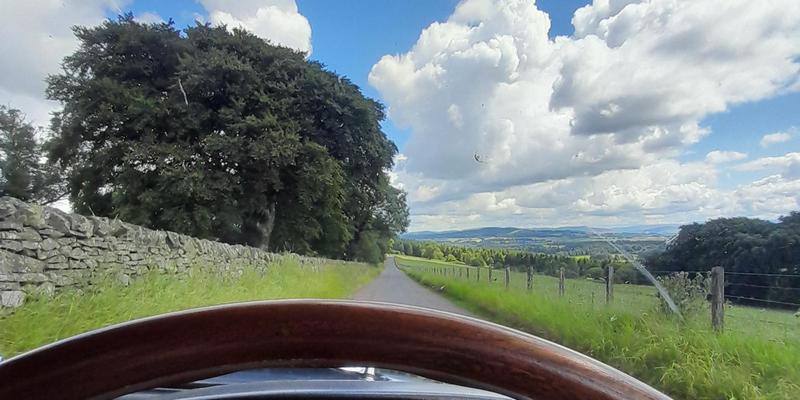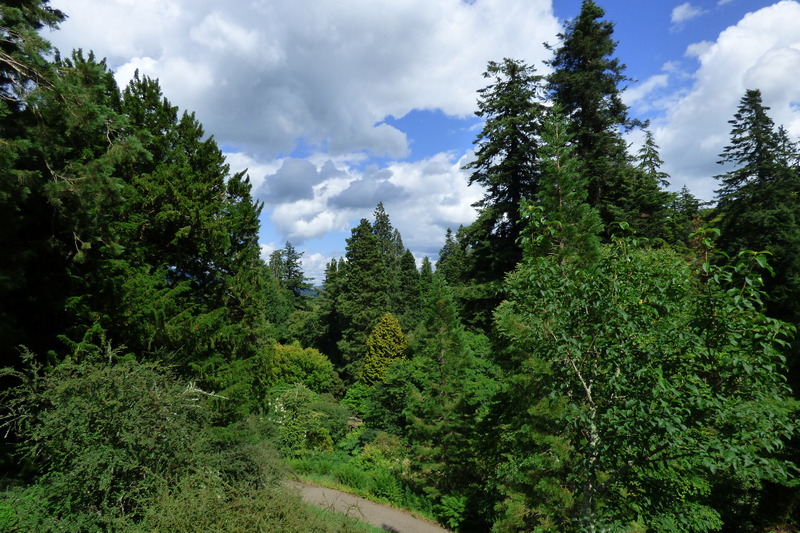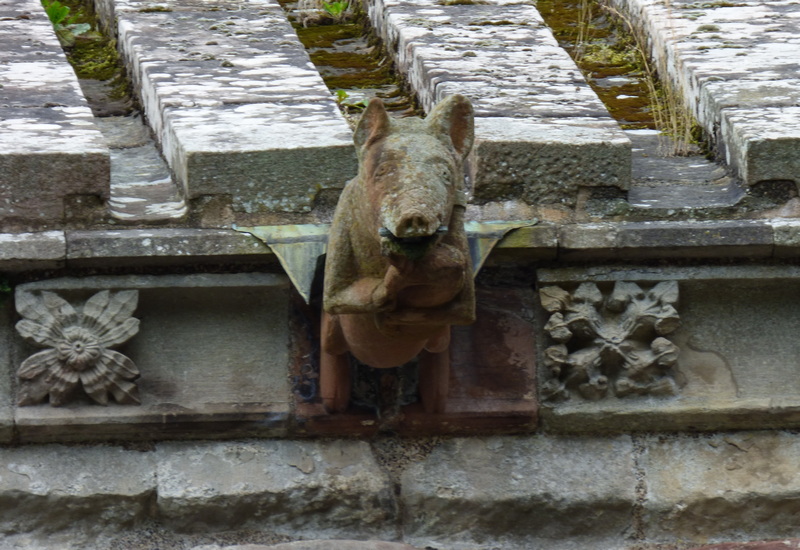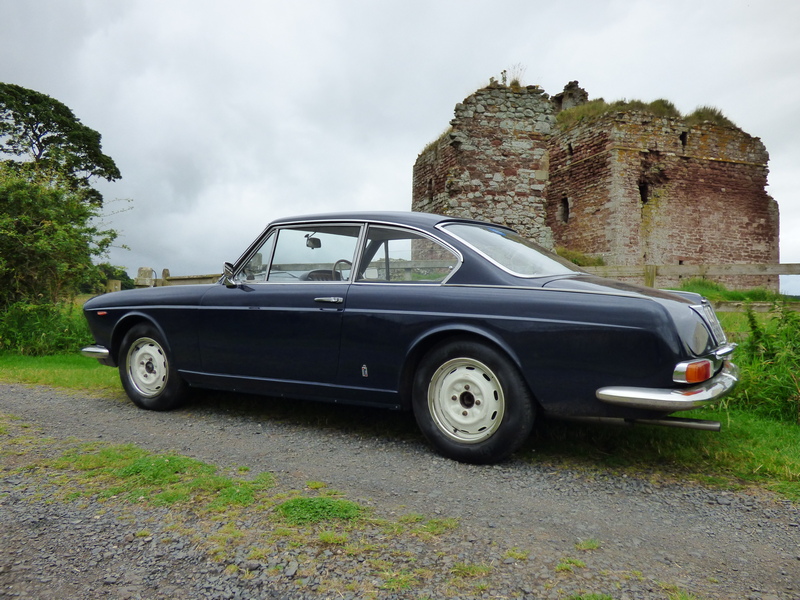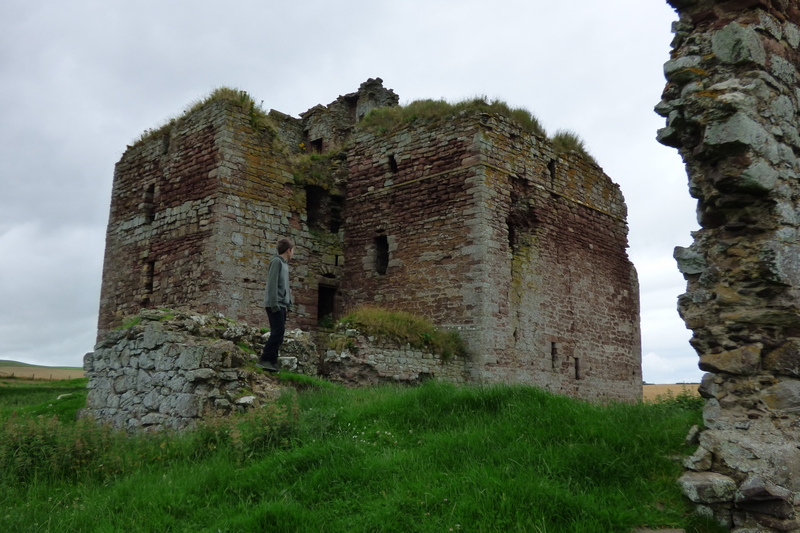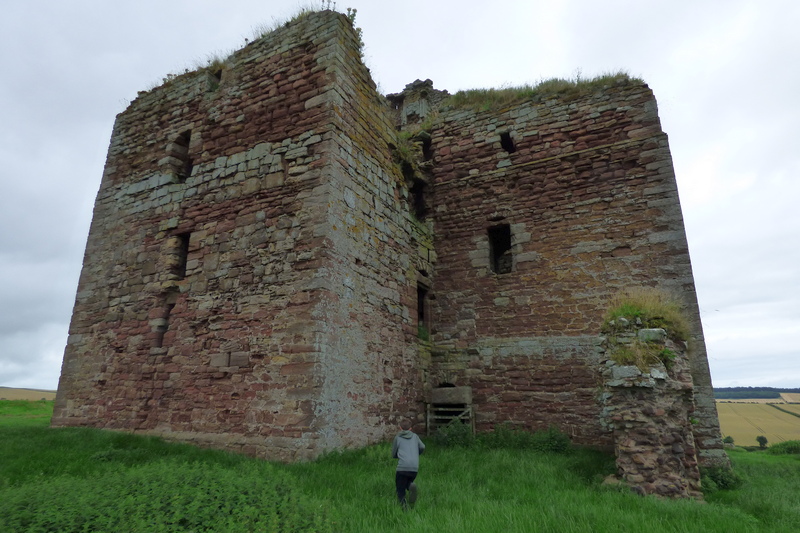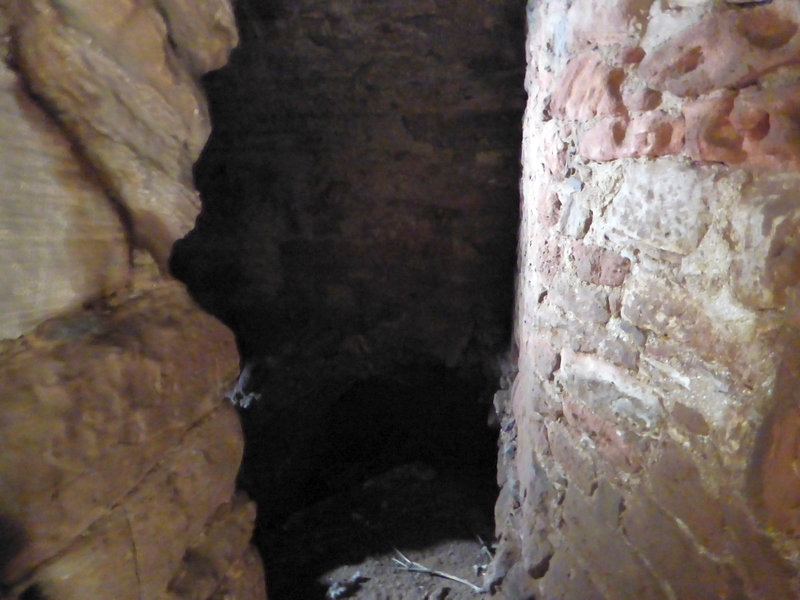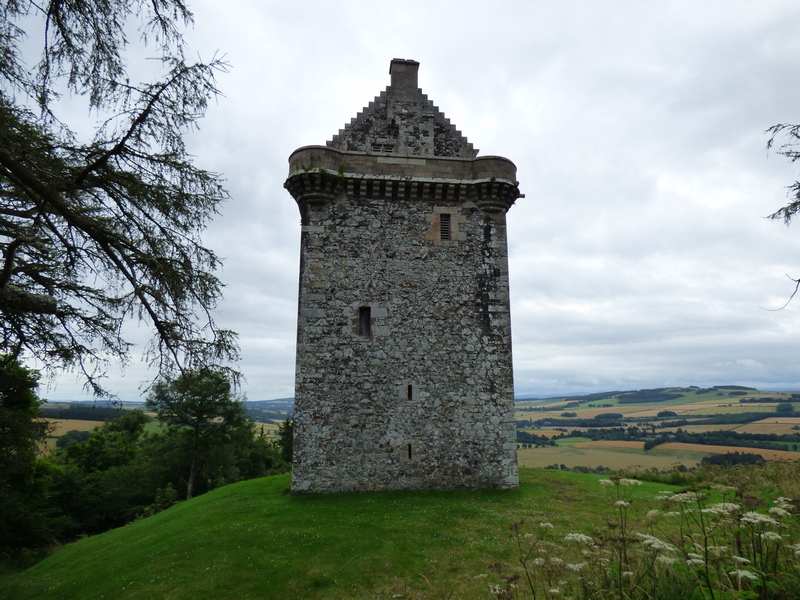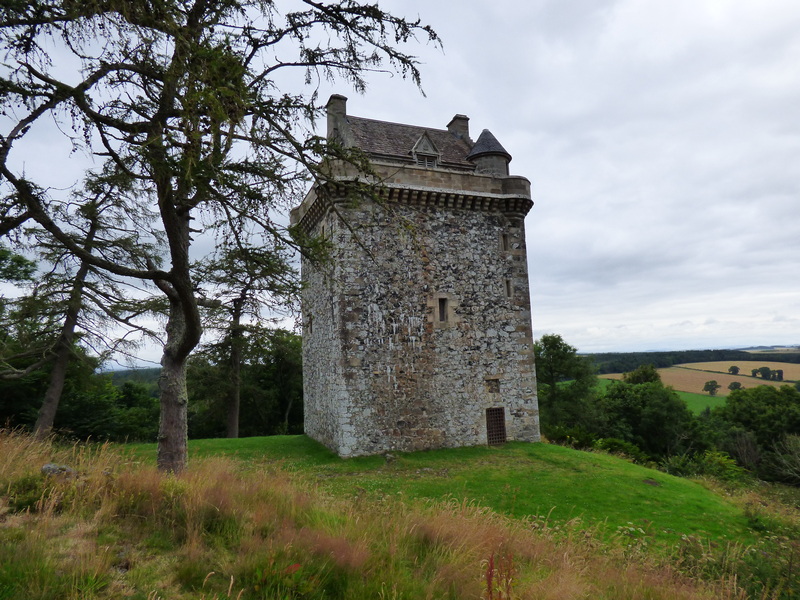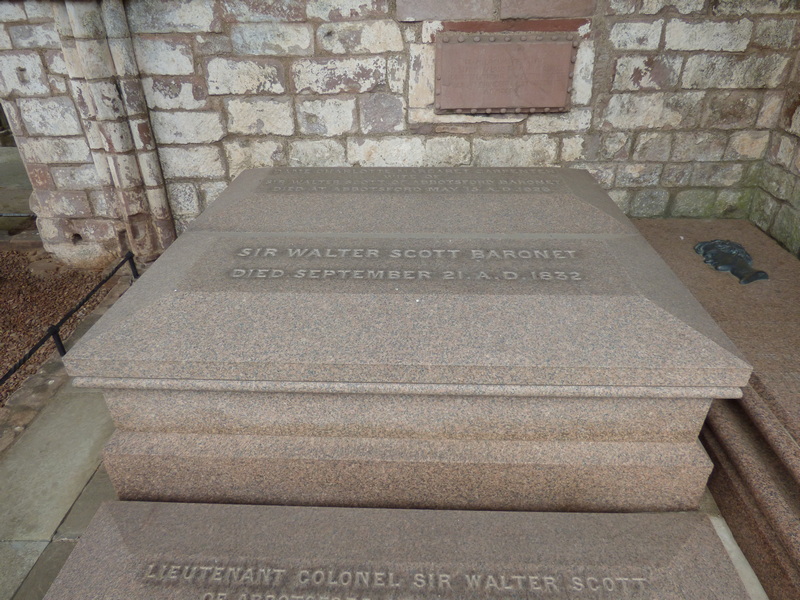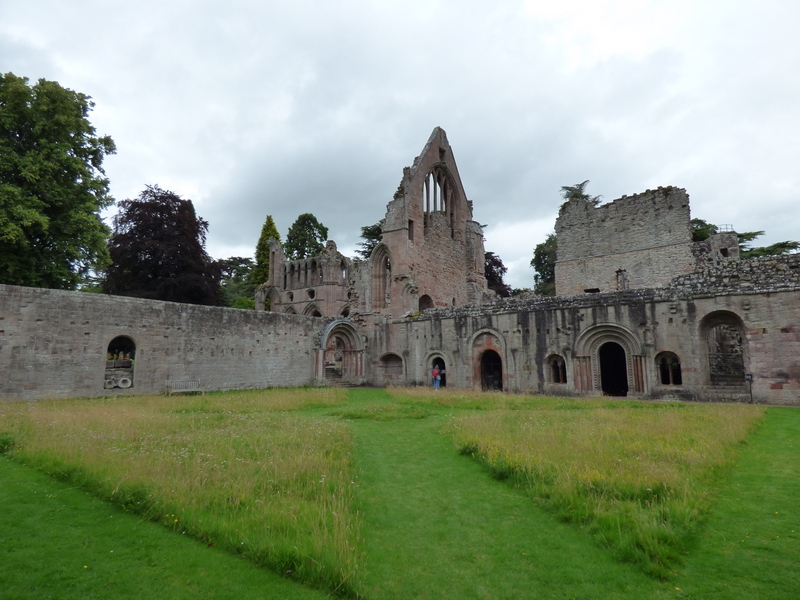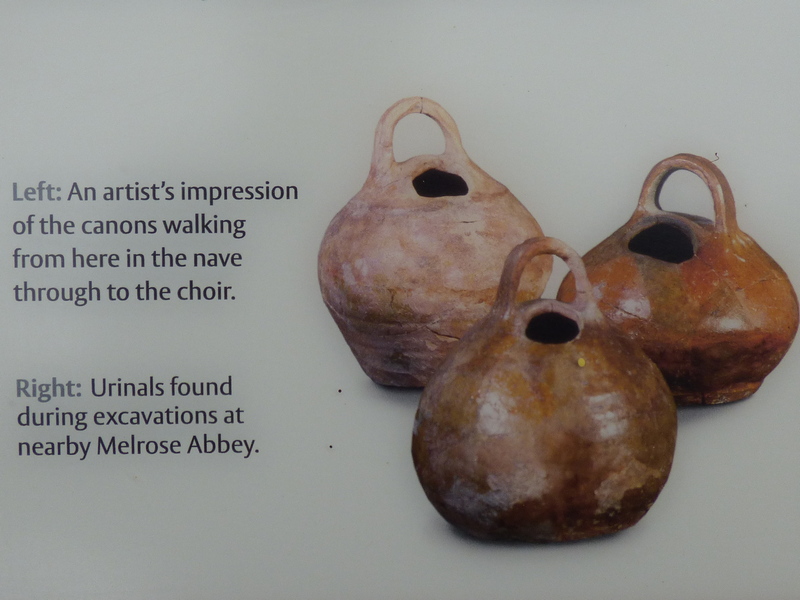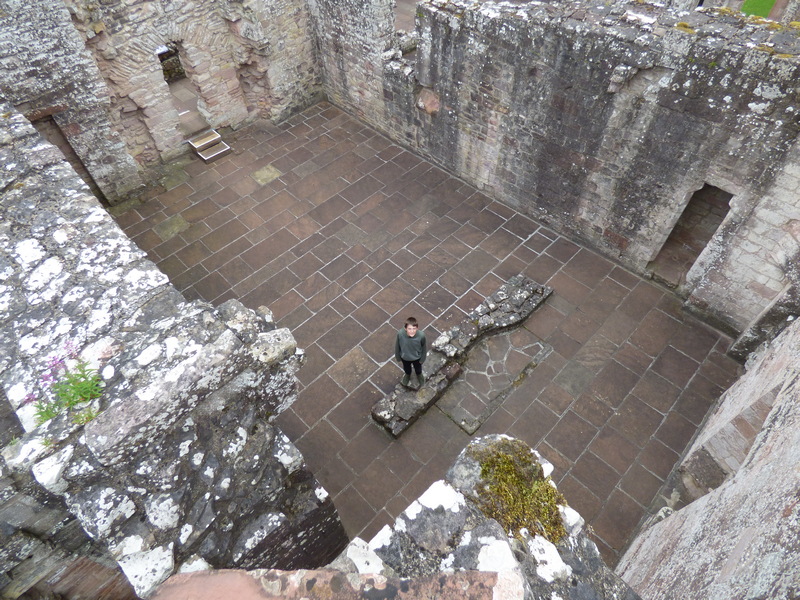Scotland Travel Blog August 2024
”A Road Trip in The Borders”
Scotland is a great place to visit for a driving holiday. The combination of quiet roads, scenery, and twisting ribbons of tarmac is the perfect recipe for driving experiences that you’ll still talk about years later.
The Scottish Highlands have many great driving roads, but the difficulty of building roads in wild and mountainous terrain means there’s usually only one way to drive between point A and point B.
But, in the rolling countryside of the Scottish Borders it’s rather different. The proliferation of farms and country houses has created a maze of back lanes and country roads. Pick two points 20 miles apart and there will be multiple permutations of back roads that you can drive between them.
I know the area quite well as I lived in Kelso for a year, and I’ve seen that driving fast comes naturally to the locals. After all, this is the countryside where Jim Clark learned to drive. And he went on to win two Formula 1 Championships, and the Indy 500.
So knowing there would be some fun roads to explore, I decided to make an occasion of this road trip by doing it in style with a 1967 Lancia Flavia coupe. It’s not the fastest of cars, but it has an undeniable style that modern cars lack.
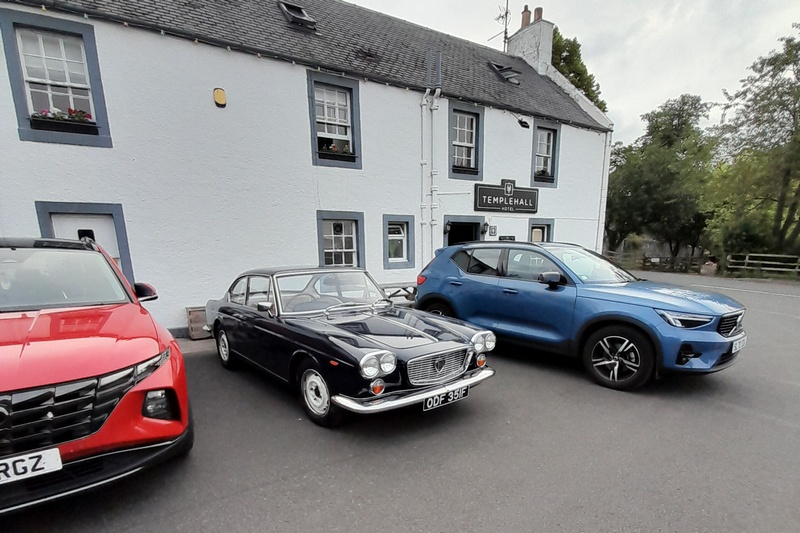
I was keen to use this trip to do things I hadn’t visited before, but I also had to find activities that wouldn’t be too boring for Junior. So, here’s what the Boy’s got up to on their Border’s Road Trip.
Dawyck Gardens
The majority of Scotland’s botanic gardens are to be found along its west coast, where the warm waters of the Gulf Stream maintain a mild winter climate and the amount of rainfall is equivalent to some sub-tropical regions.
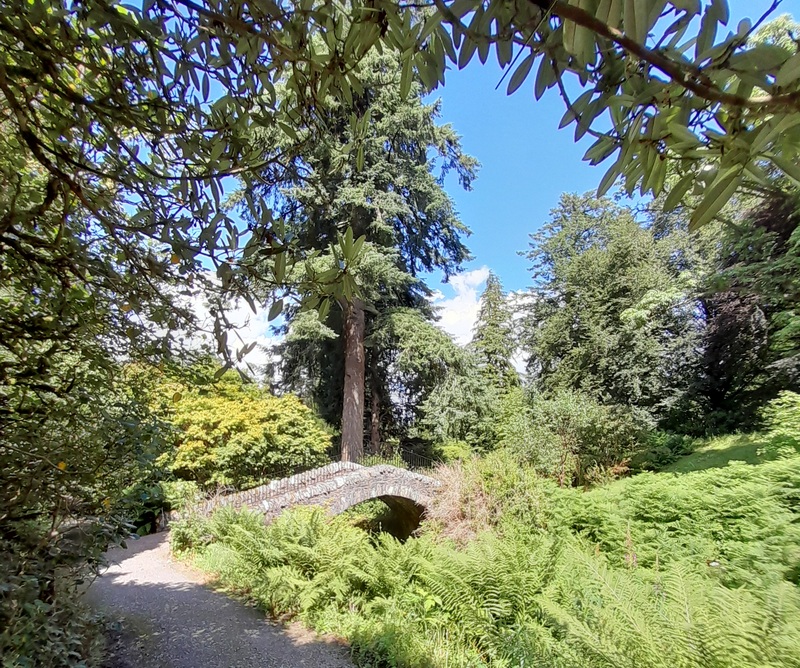
Dawyck is different. In summer it has a drier climate, but in winter the temperatures get colder and it sometimes gets snow. The climatic conditions of Dawyck are thus more akin to mountainous regions such as the Alps or Himalayas. So, the plant species that thrive here are Conifers, Alpine plants, woodland flowers, and ferns that can tolerate shady locations beneath the canopy of the trees.
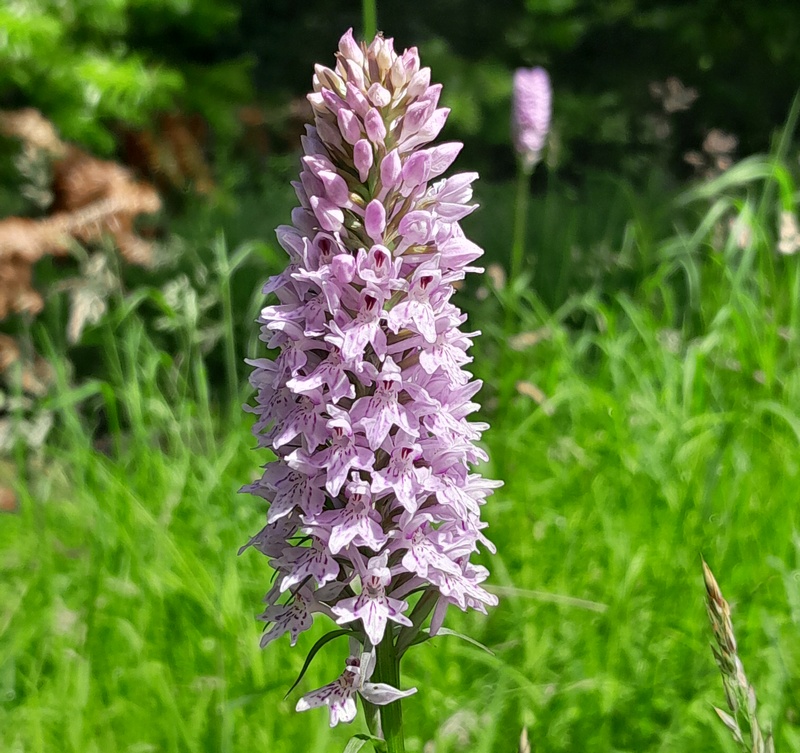
August isn’t the best time to visit Dawyck for colour. If you want colourful displays, you should go in May for the azaleas and early June for the blue blossoms of the Himalayan Poppies. But on a warm sunny day in August, the gardens provided us with a tranquil oasis of shaded walks. We had an enjoyable hour exploring pathways under a canopy of trees, some of which were planted in the 17th century!
Dawyck was also our lunch stop and the modern cafe at the gardens is a particularly nice place to get something to eat. There is also a very tempting gift shop in the visitor centre with lots of classy gifts on offer.
Melrose Abbey
Traveling in an old car is all very romantic, but the lack of air conditioning on a sunny day was taking its toll on us and a refreshment stop was called for. Fortunately, I know of a very good ice cream shop in Melrose, so that was our next port of call.
The shop is called “Simply Delicious” and they serve deliciously refreshing sorbets, plus a fantastic range of their own handmade chocolates. We can highly recommend the Blueberry and Lemonade sorbet, we even went back for seconds!
Since the shop is just beside Melrose Abbey, and we had a bit of time to kill before heading to our B&B in Town Yetholm, we decided to squeeze in a quick tour of the Abbey.
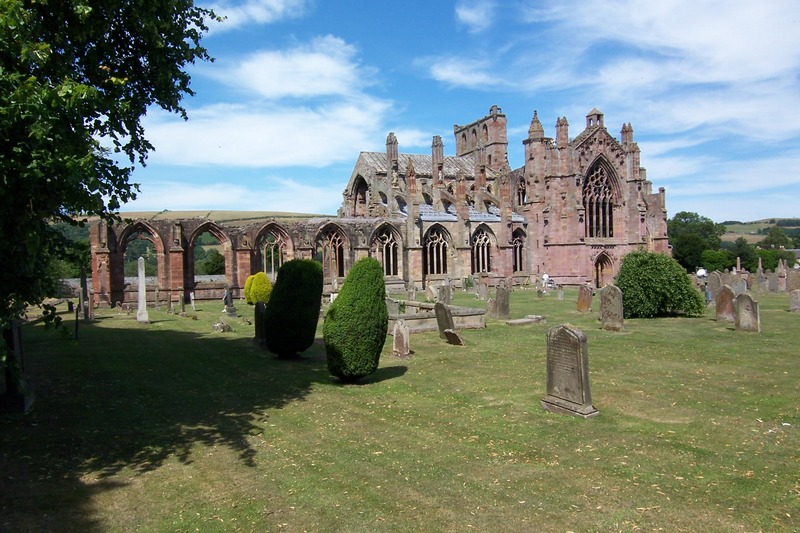
Of course, the Borders are famous for their many Abbeys. You might wonder why so many abbeys were built in a region vulnerable to attack by English invaders. Part of the reason for their abundance was the Borders' fertile farmland gave local nobility the wealth to gift land and funds to the church. In return, the monks of the abbeys would pray for the salvation of their wealthy benefactors.
Melrose Abbey is significant amongst the Border Abbeys as it is the burial place of Robert the Bruce’s heart. The rest of Robert is buried in Dunfermline Abbey.

So why is Robert’s heart not buried with the rest of him? Well, Robert made a deathbed wish that his heart be carried on a Crusade to Jerusalem. This task was delegated to his best buddy, James the Black Douglas. But on the way to the Holy Land, Douglas ran into some angry Moors in Spain and got himself killed in battle.
Due to this major upset to their holiday plans, the rest of the group turned back to Scotland where they decided that Melrose Abbey was a good compromise for the Holy Land as it had some family connections for Robert.
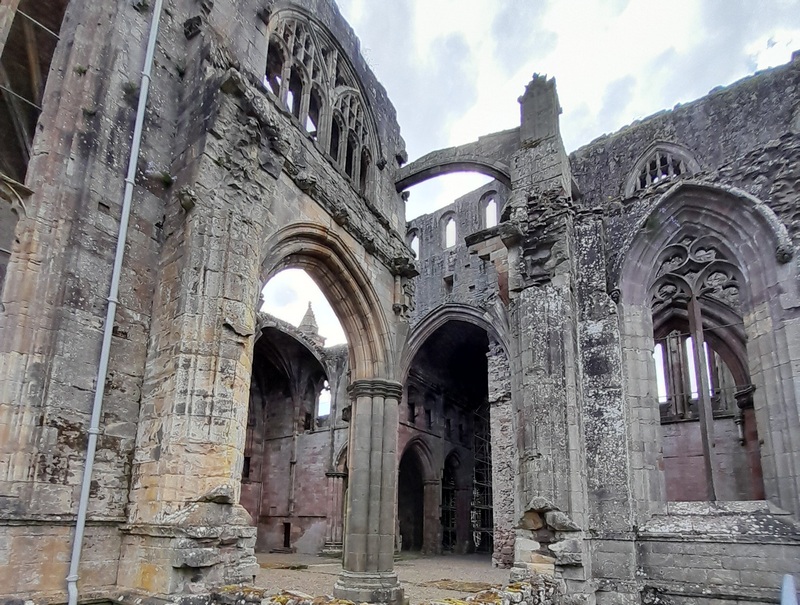
A casket containing a mummified heart was dug up in the Abbey grounds in 1996 and investigations determined it most likely to be Robert’s heart. The casket was reinterred and the burial site is marked with a circular stone carved with the shape of a heart intertwined with the Scottish Saltire.
Unfortunately, at the time of our visit, the area where the heart is buried was fenced off due to restoration works. But we did manage to find the curious gargoyle that depicts a bagpipe-playing pig. It would seem one of the stonemasons had a sense of humour, or else they misunderstood the instructions.
Cessford Castle
We started our second day with visits to 2 of the Borders' lesser-visited castles. First up was Cessford Castle which is relatively easily accessed by car although it does mean navigating some single-track roads. There is limited parking at Cessford Castle, so it isn’t a place that tourists are encouraged to explore.
The castle is notable for its formidable defenses with walls that are 13 feet thick. It also had a high outer wall that attackers had to breach. Consequently, it was considered to be amongst Scotland’s strongest fortresses.
You can appreciate how thick the walls are when you try to look out a window. It must have been very dark and gloomy inside this castle.
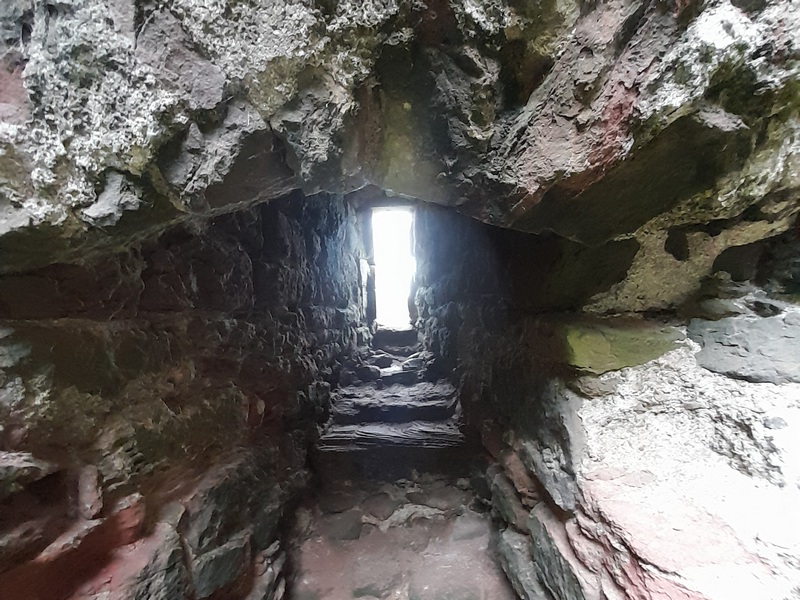
In 1523, these defenses were tested during a siege by an invading English force led by the Earl of Surrey. The Earl started his attack with a barrage from 11 cannons, and then his foot soldiers scaled the outer wall while a company of archers kept the defenders’ heads down. Despite breaching the outer wall, the English couldn’t get inside the castle tower, so they used their cannons to blow out a blocked-up window. Then, through the window, they shoveled canon powder into the castle.
The Scots anticipated what the English were trying to do, so they foiled their plan by continually setting fire to the gunpowder before it became a big enough pile to create a dangerous explosion.
Today, the castle is a precarious ruin, but you can access the interior by crouching down and walking through the old entranceway. This brings you into what once would have been a basement room with a vaulted ceiling. From this room, you can climb up a low wall to enter a smaller room with the remnants of a spiral staircase and a doorway that appears to lead into what may once have been the dungeon.
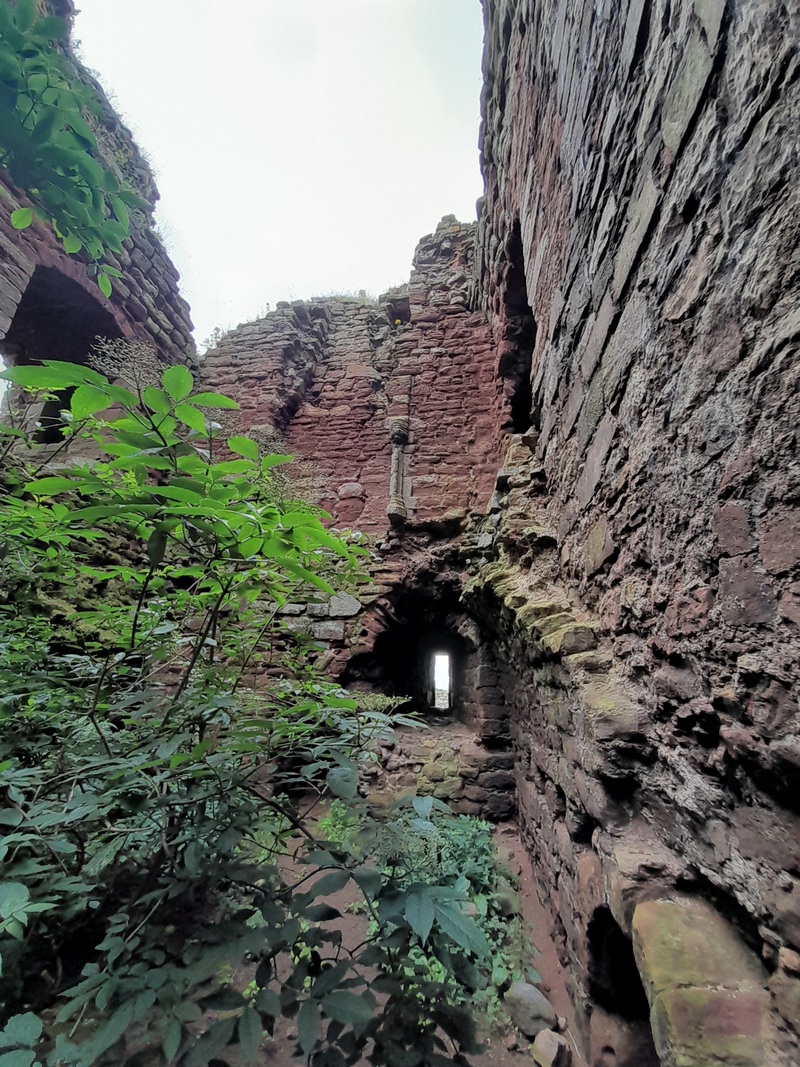
The building isn’t maintained and we didn’t want to take any chances, so we limited our exploration to the rooms where we didn’t need to get down on hands and knees or use a torch.
Fatlips Castle
I’ve always been curious about Fatlips Castle as it has such a bizarre name, but no one knows for sure how it earned its title. There are lots of theories about the origins of the name, but none of them convince me.
The castle stands on a rocky hilltop called Minto Crag. This vantage point has tremendous views over the Teviot Valley. It’s a good defensive position as you would see or hear any potential attackers long before they got close enough to give you a nasty surprise.
The castle underwent a major restoration in 2013 and this timely intervention has saved it from becoming yet another ruined tower house of which the Borders has many. Unfortunately, you can’t access the castle interior, but it used to be possible to collect a key for the castle so you could climb up a spiral staircase for a view from the ramparts. It is still worth taking the time to climb up to the castle as the views are magnificent and the castle is very photogenic.
The path to the castle starts from an unnumbered road that runs between the villages of Ancrum and Denholm. The start of the path is indicated with a small wooden sign that is easy to miss. From the start of the path, you climb up through mature woodlands on a trail with some muddy sections. There are no signs on the path so you follow your nose and keep heading uphill staying in the woods until the castle suddenly appears above you.
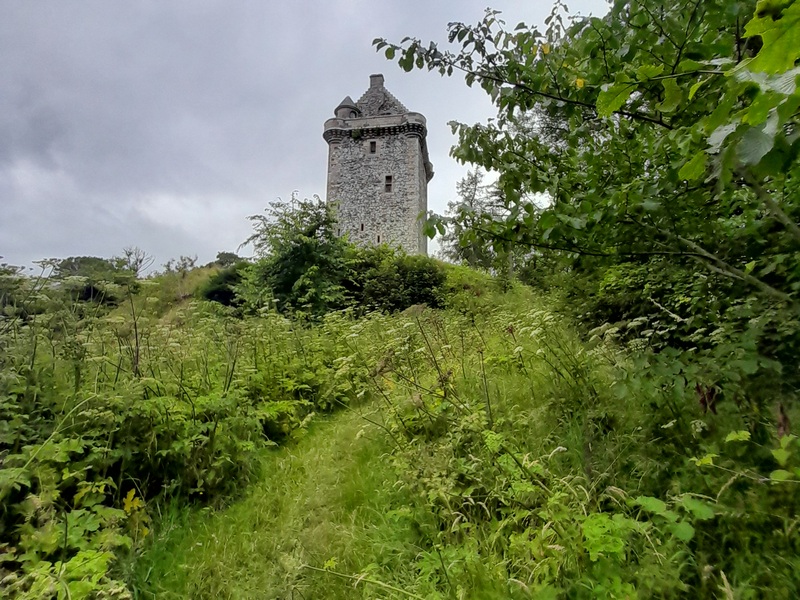
It took us about 30 minutes to climb up to Fatlips and the descent was only 15 minutes. So, this is a visit that you could do in about an hour, but do wear shoes that you don’t mind getting muddy.
Dryburgh Abbey
Dryburgh Abbey is a place that I have visited before on a couple of occasions, but I needed to get better pictures for the website. I don’t mind going back to Dryburgh as it is a place with a wonderfully peaceful atmosphere. It’s easy to understand why it appealed to the Monks who established a monastery here in 1150.
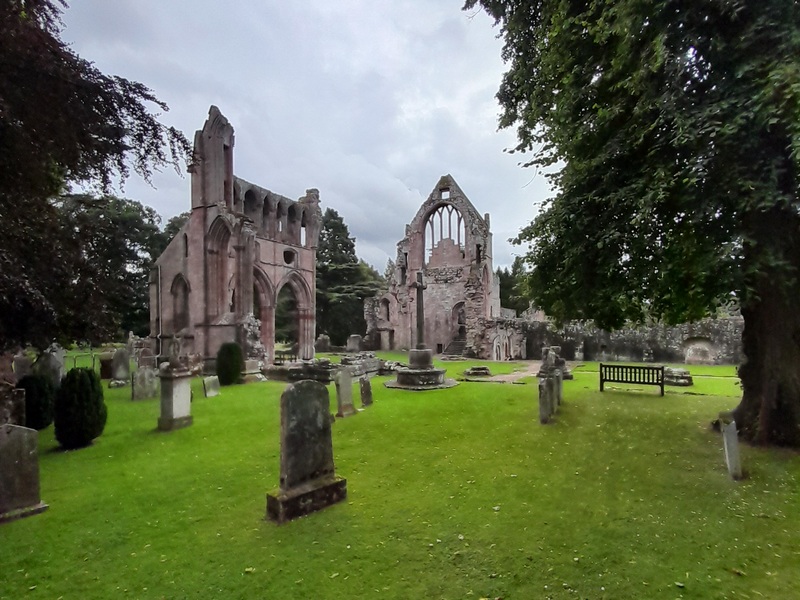
The tranquility of Dryburgh Abbey was also appreciated by Sir Walter Scott who is buried here.
And not far from Sir Walter Scott’s grave is the final resting place of Field Marshall Earl Haig who commanded the British Army in France during most of World War 1. To his credit, he chose to have his grave marked with the same simple headstone as used on the graves of the thousands of soldiers who fell under his command.
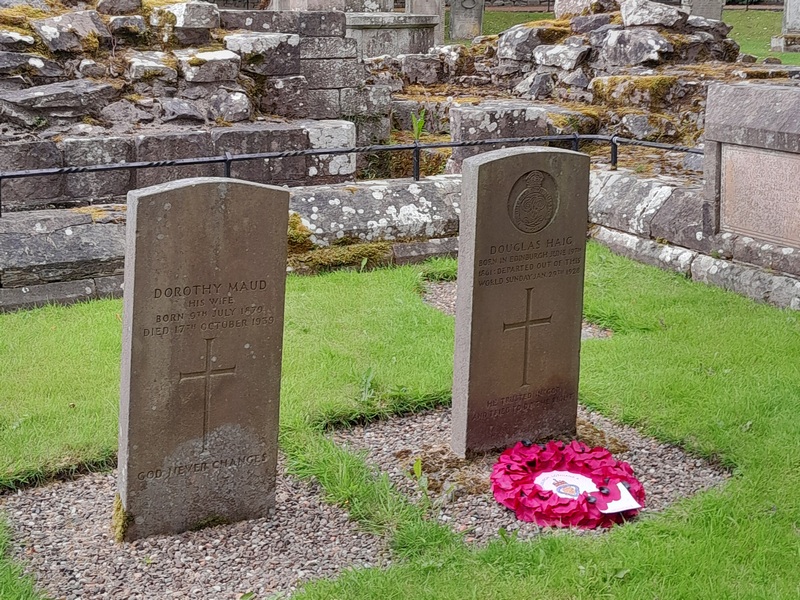
Jedburgh Abbey is more complete, and Melrose Abbey is more imposing. But Dryburgh Abbey has the most beautiful setting of all the Border Abbeys. I also find it more interesting to visit than the other abbeys as this abbey retains more of its ancillary buildings, such as the Chapter House (with great acoustics), Monks’ Dormitory, Cloisters, a room where Monks could go to get a bit of warmth on the coldest winter days. This gives some feel for what the life of the monks would have been like and the information boards give you interesting insights.
One of the strangest facts was that the monks would wear ceramic pots hung from belts under their habits. The purpose of these pots was to give the Monks some “relief” during the long religious services that they had to attend. You can imagine the jokes that we made about this as we pictured the monks waddling around the Abbey.
Like all the Border Abbeys, Dryburgh suffered badly at the hands of invading English armies on numerous occasions. The last sacking by the English happened in 1544, and then came the Reformation in the 1560s which caused the demise of almost every Scottish Abbey.
Jim Clark Motorsport Museum
Duns is a pretty market town about 12 miles inland from Berwick-upon-Tweed. It’s a town I have driven through several times, and I've always thought the town square felt quite Continental, but it's a place I've never previously given a great deal of attention to as we are seldom asked for tours that visit this area.
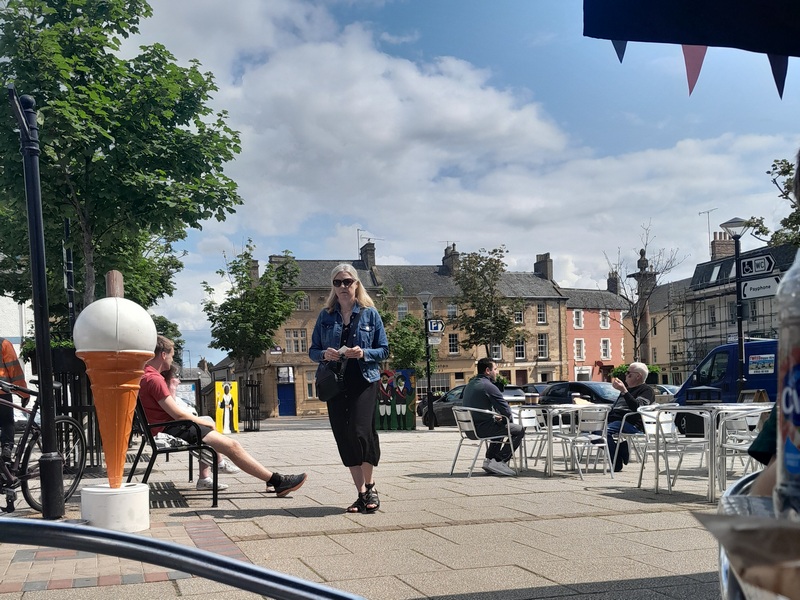
Duns’ most famous son is Jim Clark the Formula 1 racing driver who lifted the World Champion trophy in 1963 and 1965. By all accounts, Jim was a natural and thoroughly nice guy too. His life was cut tragically short in 1968 by a racing accident, but many still consider him the most talented F1 driver of all time.
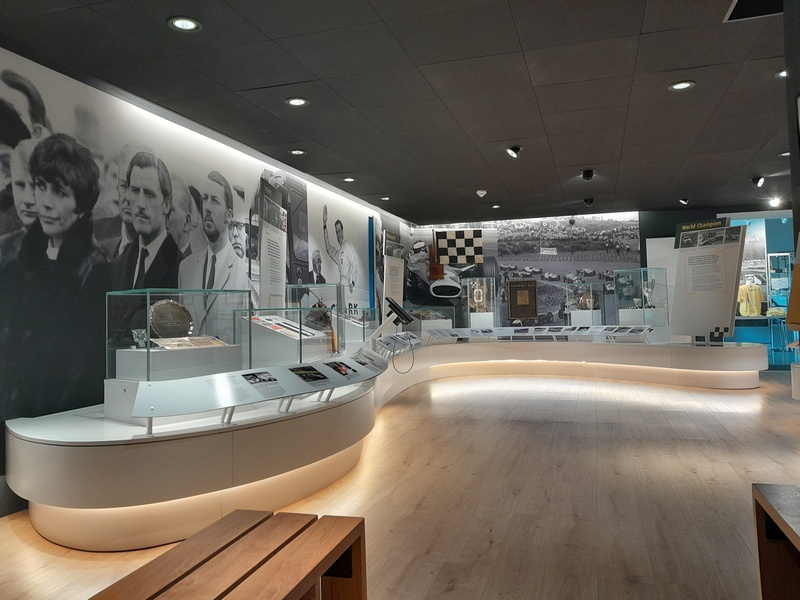
He spent most of his formative years on a sheep farm near the village of Chirnside and he is buried in the graveyard at Chirnside Parish Church. But Duns is home to the museum that commemorates his life. I didn’t know much about Jim Clark before I visited the museum, and I wasn’t expecting to be all that interested in it, but I have to say that this is a great wee museum.
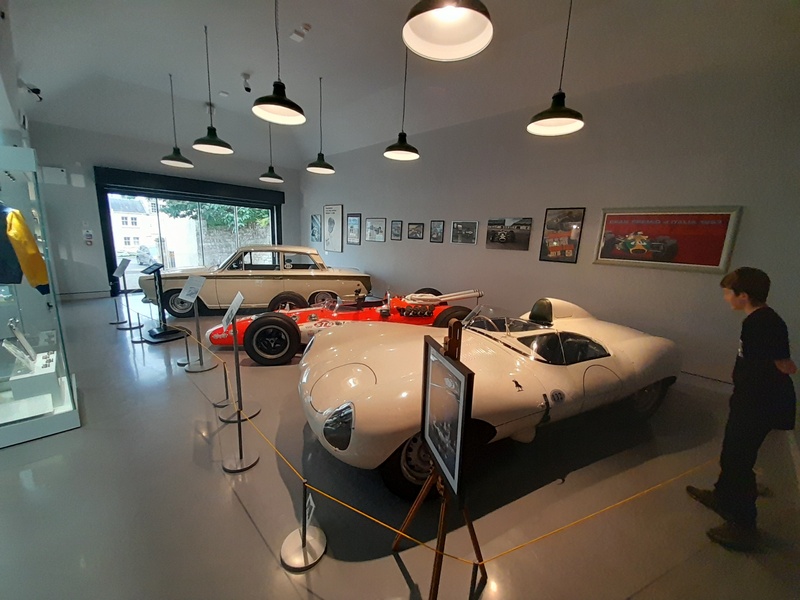
I was expecting a museum that told me all about his racing achievements and it does do this, but I also came away with a sense of what a thoroughly nice guy he was. You learn about the personality of Jim through a sequence of videos featuring interviews with people who knew him. He comes across as a modest man who never lost touch with his roots and was more comfortable in the company of farming folk than he was with the “Jet Set” lifestyle of Formula One.
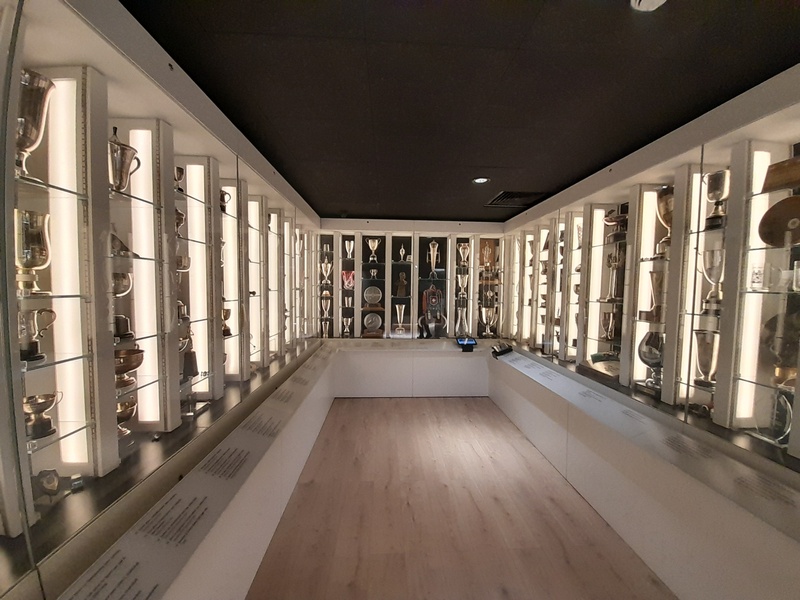
The museum features a few examples of cars that he raced and you can try out your own skills as a racing driver with a racetrack simulator. You can choose between racing in his Formula 1 Lotus or his rather tamer Lotus Cortina.

Edin’s Hall Broch
Edin’s Hall Broch is a bit of a curiosity in the Borders. Two things make it stand out, it’s the most southerly of Brochs in Scotland, and it is built on a much larger scale than any other broch I’ve ever visited. If you want to get a sense of what a typical size of broch is, you should watch the video that I did a few years ago about Glenelg Brochs.
The broch is about 4 miles north of Duns as the crow flies, but getting to the broch involves following some twisty narrow back roads that take you into a valley that feels quite isolated. The path to the Broch starts from an informal car park at a hamlet called Abbey St Bathans where there is the unusual feature of a ford for crossing the river.
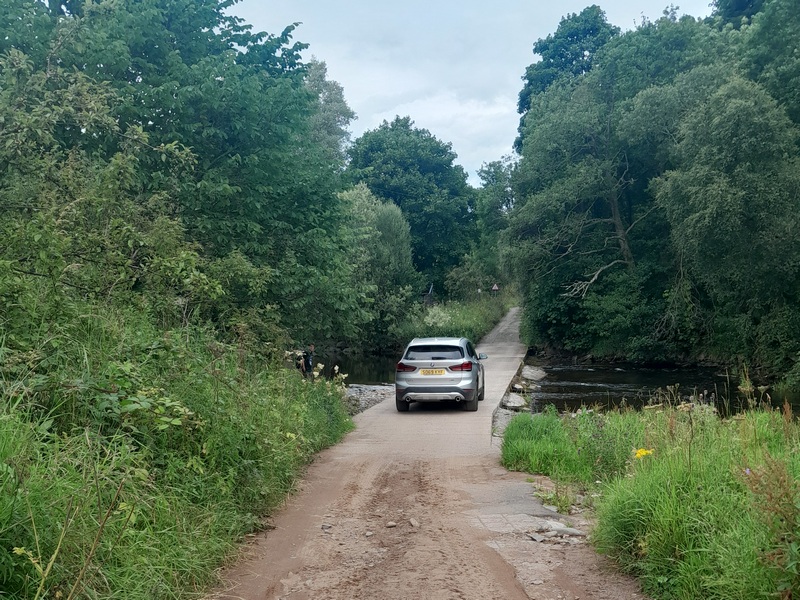
From Abbey St Bathans, the path to the broch is fairly well defined and it only takes about 45 - 60 minutes to reach the broch which stands on a hilltop overlooking a wooded valley through which a river called the “Whiteadder Water” weaves.
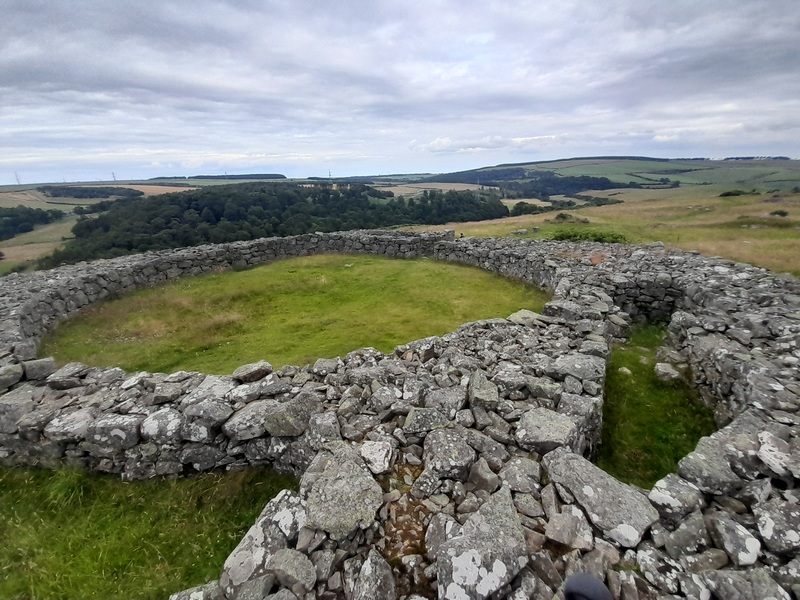
Edin’s Hall Broch is around 2000 years old and it stands on the site of an even older hill fort. If you look at aerial photographs of the broch, you can make out the earthwork ditches of the older fort, but these ditches are less evident when you are on the ground.
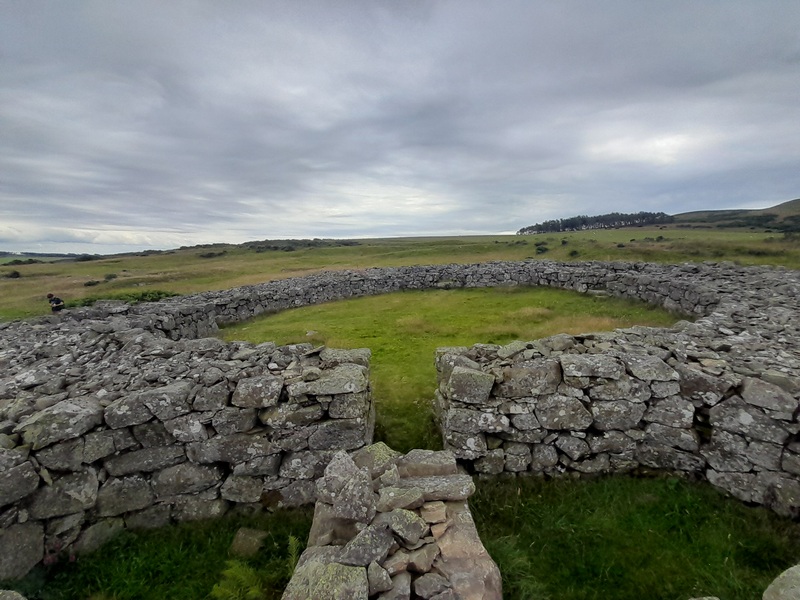
The design of this broch is a puzzle for historians. It has many features in common with other brochs - the circular shape, the concentric walls, the narrow entrance passage with guard cell, the chambers within the walls, and the internal staircase.
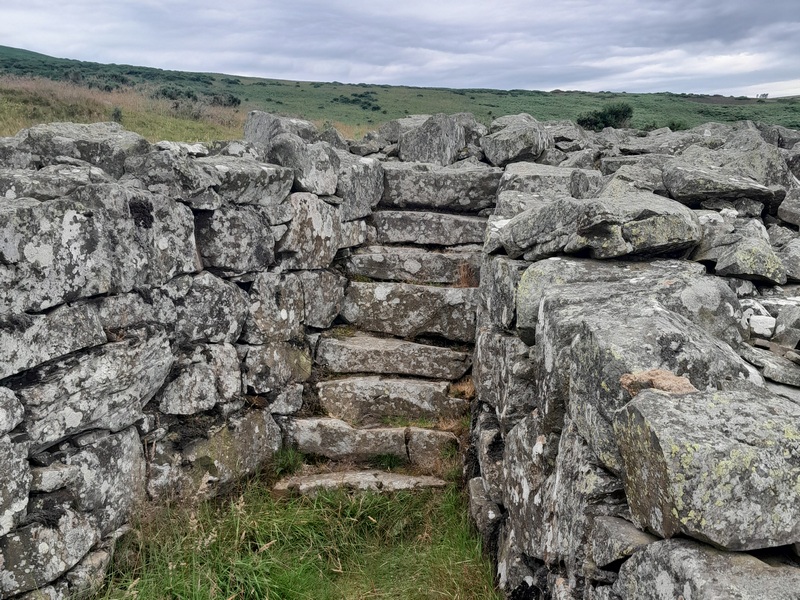
But its size is unusual. Archaeologists believe that most brochs would have had some roof like structure covering the central “courtyard”, and may have had internal floor levels made from wood. But Edin’s Hall has such a large diameter that it would have been a major engineering feat to bridge the void.
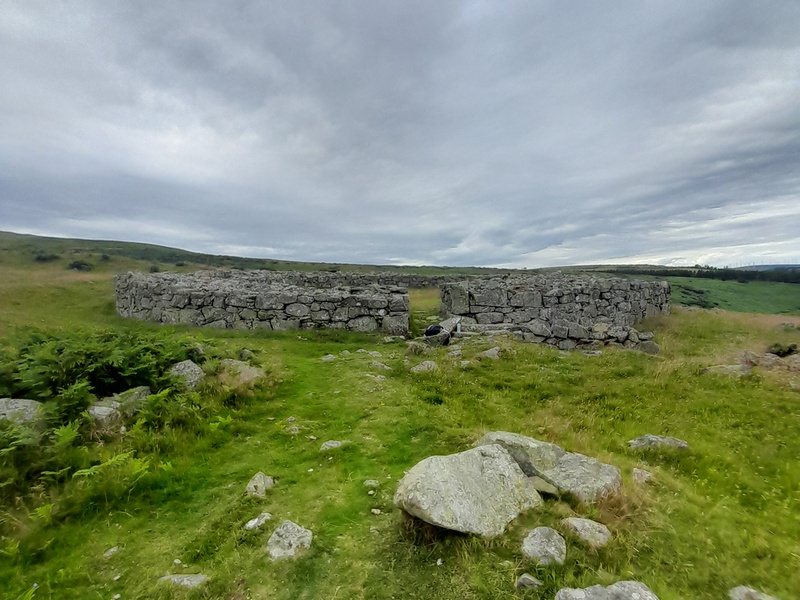
This has led the experts to speculate that Edin’s Hall may just have been a roofless circular fort structure. It was likely built by the same craftsmen who built the brochs in the north, but they adapted their design in this case.
Another Scottish mystery that will never be resolved.
Summary
We covered all of these locations (and a few more) over 3 days from a touring base in the quiet village of Town Yetholm, just a few miles south of Kelso.,
Including travel from our home base in Ayrshire, we racked up 437 miles. And the 57 year old Lancia never missed a beat.
If we've persuaded you that the South of Scotland is worth a visit, you can find more itinerary ideas in our Scottish Inspirations Tour Plan.

